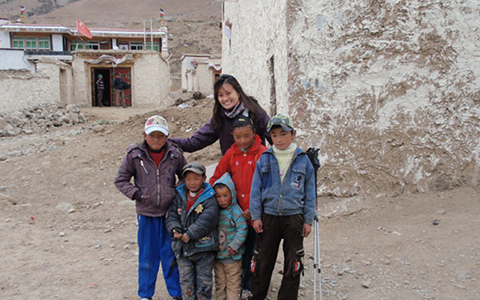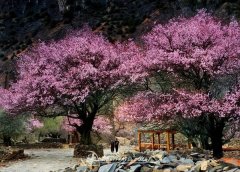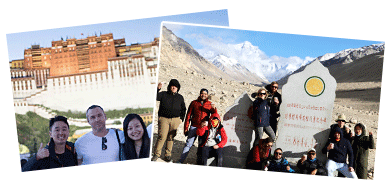
Tibetan Medicine Mask: an Art Treasure of Tibetan Culture
Tibetan medicine mask is an intangible cultural heritage heirloom at the provincial level. As one of art treasures of Tibetan culture, the Tibetan medicine mask is a hand-made craftwork integrating religious culture, folk culture, and medical culture.
Historical materials recorded that local folk artisans made clay sculptures of Buddhas in an attempt to increase the influence of Buddhism during the Trisong Detsen era (the then king of Tibet from 742-797).
Different from other clay sculptures, Tibetan medicine mask has strict material requirements and construction procedures.
The mud and water used for making masks must be unpolluted and collected from holy mountains at an altitude of over 4,600 meters. The mud and water must be mixed together in accordance with acertain proportion of a valuable powder made from Tibetan herbs, religious articles, and Buddhist scriptures, and eminent monks and lamas must be invited to chant scriptures towards the clay. Then the clay must be buried underground for at least seven days before it can be takenout, in order for the fragrance of Tibetan herbs to be able to be smelled. This is the perfect time for artists to sculpt the clay and dye it with natural mineral pigments.
Tibetan people put the medicine mask on the wall as a holy article, praying for good luck and blessing.


With exceptional passion and outstanding leadership, Mrs. Catherine has dedicated herself to Tibet inbound tourism and China tour for 15 years. As one of the handful females who see great potential of Chinese inbound tourism, Catherine has made great contribution to promoting Tibet tourism and enhancing the employment of Tibetans and prosperity of local Tibetan community.
Over the years, she travelled overseas with Tibet Tourism Bureau many times to promote Tibet tourism. Currently, Catherine works as the marketing director of Tibet Vista, an opinion leader behind the whole team of Tibet Vista.
Related Articles & Posts

Latest Tibet Travel News

Tibet Vista: A Social Responsible Tour Organizer
Aug 14,2023

Tibetan Monks Debate in Drepung Monastery
Jun 10,2023

Tips for Traveling to Tibet in Spring
Feb 17,2022

Snow Will Hit Qinghai-Tibet Plateau
Feb 17,2022


.jpg)




0 Comment ON "Tibetan Medicine Mask: an Art Treasure of Tibetan Culture"